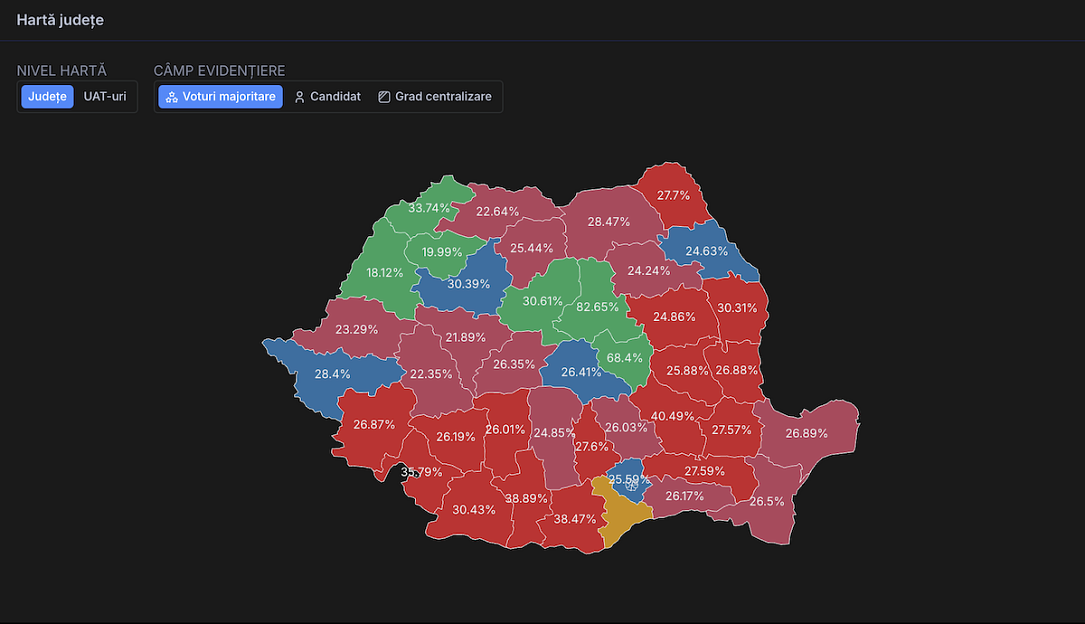BMW And Porsche's China Challenges: A Growing Trend In The Automotive Industry

Table of Contents
Intensifying Competition in the Chinese Luxury Car Market
The Chinese luxury car segment is fiercely competitive, a battleground for established international brands and rapidly emerging domestic players. This intense competition significantly impacts BMW and Porsche's market share and necessitates agile strategies.
-
Rise of Domestic Chinese Luxury Brands: The emergence of innovative and technologically advanced domestic brands like Nio, XPeng, and Li Auto presents a formidable challenge. These brands are appealing to Chinese consumers with their cutting-edge technology, localized features, and competitive pricing. This increased competition forces established players like BMW and Porsche to innovate faster and offer more compelling propositions.
-
Increased Price Pressure: The influx of both domestic and international competitors has led to increased price pressure within the luxury segment. Maintaining profitability while remaining competitive requires careful cost management and strategic pricing adjustments.
-
Government Regulations and Incentives: Chinese government regulations, including those promoting electric vehicles (EVs) and offering subsidies, significantly influence market dynamics. BMW and Porsche must adapt their product portfolios and manufacturing processes to align with these government initiatives.
-
Shifting Consumer Preferences: Chinese consumer preferences are rapidly evolving, driven by technological advancements and environmental concerns. The increasing demand for electric vehicles (EVs), hybrid vehicles, and advanced driver-assistance systems (ADAS) necessitates significant investments in research and development for luxury car manufacturers.
Navigating the Complexities of the Chinese Regulatory Environment
China's automotive regulatory environment is complex and constantly evolving, posing unique challenges for foreign manufacturers like BMW and Porsche. Successfully navigating this landscape requires significant expertise and ongoing adaptation.
-
Emission Standards and Environmental Regulations: Stringent emission standards and environmental regulations necessitate investments in cleaner technologies and sustainable manufacturing practices. Meeting these standards is crucial for market access and brand reputation.
-
Import Tariffs and Trade Policies: Import tariffs and fluctuating trade policies can impact profitability and pricing strategies. BMW and Porsche must actively monitor and adapt to changes in trade relations to mitigate potential negative impacts.
-
Data Privacy and Cybersecurity Concerns: Increasingly stringent data privacy and cybersecurity regulations require robust security measures and compliance frameworks. Protecting sensitive consumer data is paramount for maintaining trust and avoiding regulatory penalties.
-
Local Content Requirements: China's local content requirements impact manufacturing processes and supply chains, necessitating collaboration with local suppliers and investment in domestic production facilities. This localization strategy is key to navigating regulatory hurdles and accessing incentives.
Understanding Evolving Chinese Consumer Preferences
The discerning Chinese consumer demands high-quality products, cutting-edge technology, and personalized experiences. Understanding these preferences is critical for BMW and Porsche's success.
-
Growing Preference for EVs and Hybrids: The increasing preference for electric vehicles (EVs) and hybrid vehicles necessitates significant investment in electric vehicle technologies and infrastructure. BMW and Porsche are actively expanding their EV offerings to meet this growing demand.
-
Demand for Advanced Driver-Assistance Systems (ADAS): Chinese consumers value advanced driver-assistance systems (ADAS) and connected car features. Integrating these technologies into their vehicles is vital for attracting and retaining customers in this competitive landscape.
-
Importance of Brand Image and Social Status: Brand image and social status play a crucial role in purchase decisions. Maintaining a strong brand reputation and cultivating a positive brand perception are essential for luxury car manufacturers operating in China.
-
Influence of Social Media and Online Reviews: Social media and online reviews significantly influence consumer behavior. BMW and Porsche must actively manage their online presence and engage with consumers on social media platforms to build trust and brand loyalty.
BMW and Porsche's Strategic Responses to the Challenges
Both BMW and Porsche are actively adapting their strategies to address the challenges and capitalize on the opportunities presented by the Chinese market.
-
Investment in Local Manufacturing and R&D: Both brands are investing heavily in local manufacturing facilities and research and development (R&D) to cater to the specific needs and preferences of Chinese consumers. This commitment demonstrates long-term commitment to the market.
-
Development of Localized Vehicles: BMW and Porsche are developing vehicles tailored to the specific requirements and preferences of Chinese consumers, including features and functionalities specifically designed for the Chinese market.
-
Partnerships with Local Companies: Strategic partnerships with local companies provide access to valuable expertise, market insights, and enhanced distribution networks, further strengthening their market position.
-
Emphasis on Digital Marketing and Online Sales: Both companies are increasingly leveraging digital marketing and online sales channels to reach Chinese consumers effectively. This focus on digital channels reflects the evolving consumer landscape.
-
Focus on Sustainability and Environmental Responsibility: A commitment to sustainability and environmental responsibility resonates strongly with environmentally conscious Chinese consumers. This focus further aligns with government regulations and evolving consumer preferences.
Conclusion
The Chinese automotive market presents both significant opportunities and formidable challenges for luxury brands like BMW and Porsche. Intense competition, evolving consumer preferences, and a complex regulatory landscape necessitate strategic adaptation and significant investment. Successfully navigating these obstacles requires a deep understanding of the Chinese market and the ability to innovate and adapt rapidly. BMW and Porsche's responses demonstrate the ongoing need for agility and strategic adjustments in this dynamic market.
Call to Action: To stay informed on the evolving dynamics of BMW and Porsche's strategies and the broader trends impacting the luxury car market in China, continue exploring articles and analyses focusing on BMW and Porsche's China challenges and the future of the automotive industry in China. Understanding these BMW and Porsche China challenges is crucial for anyone interested in the global automotive landscape.

Featured Posts
-
 Adrbyejani Agn I Pahanjy Yev Bbc I Adrbyejanakan Tsarayvo Tyan Tchakatagiry
May 06, 2025
Adrbyejani Agn I Pahanjy Yev Bbc I Adrbyejanakan Tsarayvo Tyan Tchakatagiry
May 06, 2025 -
 Smokey Robinson Comments On Diana Ross Affair Song Speculation
May 06, 2025
Smokey Robinson Comments On Diana Ross Affair Song Speculation
May 06, 2025 -
 Azerbaydzhan Zakriv Ofis Vvs Prichini Ta Naslidki
May 06, 2025
Azerbaydzhan Zakriv Ofis Vvs Prichini Ta Naslidki
May 06, 2025 -
 Adrbyejanin Zijvo Mnyery Qnnarkvo M Yev Vyerlvo Tsvo Tyvo N
May 06, 2025
Adrbyejanin Zijvo Mnyery Qnnarkvo M Yev Vyerlvo Tsvo Tyvo N
May 06, 2025 -
 Romania Votes Key Issues In The Presidential Runoff Election
May 06, 2025
Romania Votes Key Issues In The Presidential Runoff Election
May 06, 2025
